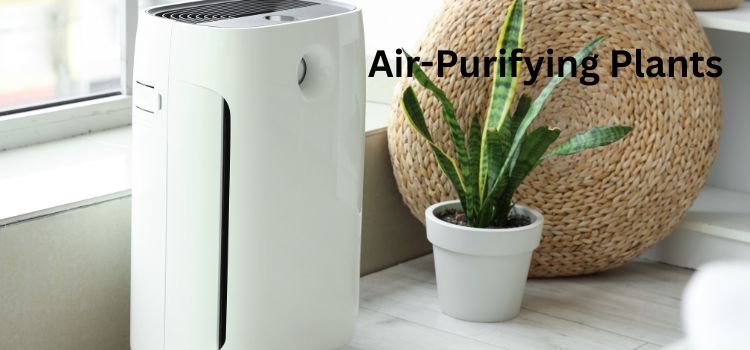As an Amazon Associate, I earn from qualifying purchases.
If you want to improve your home’s air quality, I highly recommend considering the best indoor air purifying plants. These plants not only enhance the aesthetic appeal of any room but also serve as natural filters that can help remove harmful toxins from the air.
I’ve found that adding plants like the snake plant or peace lily has made a noticeable difference in the freshness and cleanliness of the air indoors. Additionally, they’re low-maintenance and require minimal care, making them ideal for even the busiest individuals. In this post, I’ll guide you through the best indoor air-purifying plants that can help create a healthier and more breathable environment in your home.
Whether you’re a beginner or a seasoned plant parent, you’ll find something that perfectly suits your space and lifestyle. Let’s explore how these remarkable plants can enhance your indoor air quality.
What Are Air-Purifying Plants?
Air-purifying plants help remove toxins and pollutants from the air. This is achieved through a natural process in which plants absorb harmful substances, such as formaldehyde, benzene, and ammonia, from the environment. These plants also release oxygen, making your space healthier and more breathable.
Plants naturally purify the air by absorbing carbon dioxide and releasing oxygen through the process of photosynthesis. They also filter out harmful chemicals, helping to clean the air around you. Studies have shown that adding plants to your home can help reduce airborne toxins and increase oxygen levels, making your living space feel fresher.
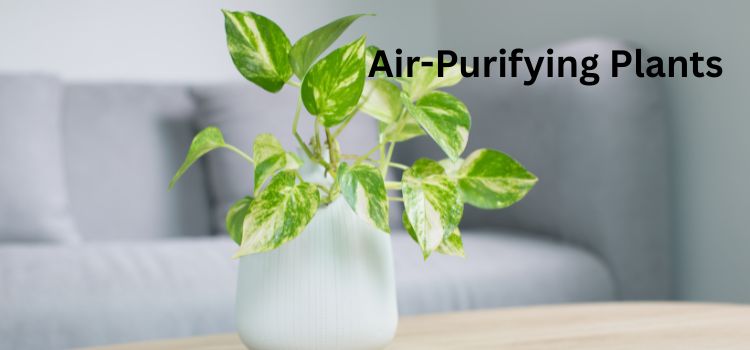
Top 5 Best Indoor Air Purifying Plants
If you’re looking to improve the air quality in your home, indoor plants can be a natural and effective solution. Not only do they add a touch of greenery and beauty to your space, but certain plants also have the incredible ability to purify the air by removing harmful toxins. Here is the top 7 best indoor air-purifying plants comparison table you should consider adding to your home.
1. Spider Plant (Chlorophytum comosum)
The spider plant is an easy-to-care-for, air-purifying plant that thrives in indirect light. It’s known for its ability to filter out formaldehyde and xylene, making it perfect for improving indoor air quality. This hardy plant is excellent for beginners and requires little maintenance.
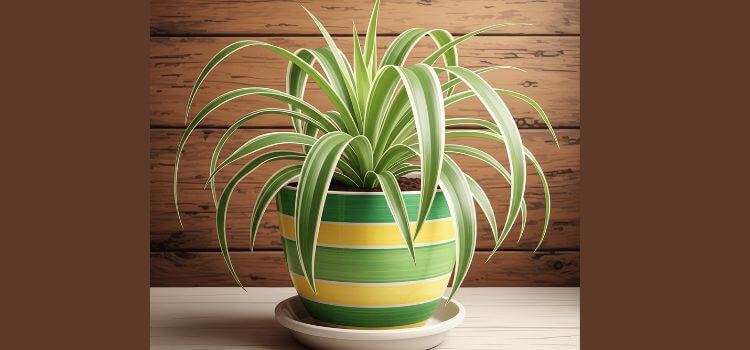
Pros:
- Low maintenance
- Filters out formaldehyde and xylene
- Suitable for various lighting conditions
Cons:
- May grow too large for smaller spaces
- Requires occasional pruning
2. Peace Lily (Spathiphyllum)
The peace lily is a beautiful plant with white blooms that can purify the air by removing toxins like ammonia, benzene, and formaldehyde. It thrives in low to medium light and is perfect for those who want an elegant plant that also helps improve indoor air quality.
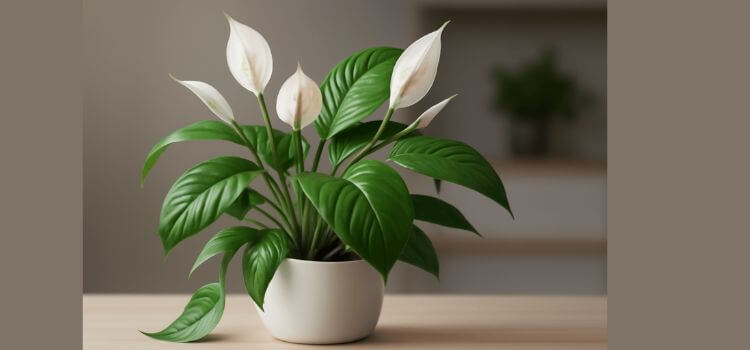
Pros:
- Removes toxins like ammonia and benzene
- Low light tolerance
- Beautiful white blooms
Cons:
- Needs regular watering
- Can be toxic to pets if ingested
3. Areca Palm (Dypsis lutescens)
The areca palm is a large, attractive plant that not only purifies the air but also helps increase humidity in dry environments. It filters out toxins such as xylene, toluene, and formaldehyde, making it a perfect addition to larger rooms.
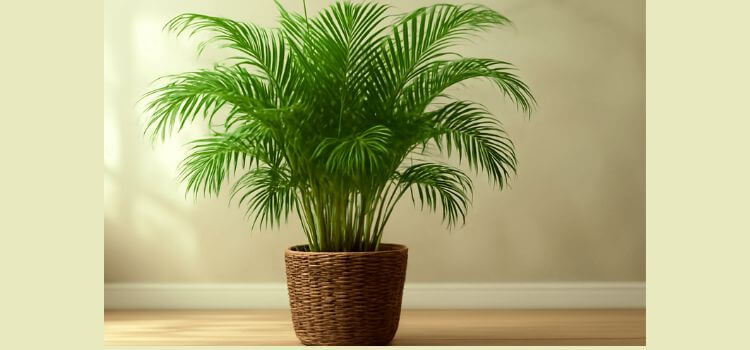
Pros:
- Filters out multiple toxins
- Adds humidity to dry air
- Grows tall and adds a tropical feel
Cons:
- Needs a large space
- Requires moderate to bright light
4. Aloe Vera
Aloe vera is well-known for its soothing properties but also serves as an effective air purifier. It helps filter formaldehyde and benzene and thrives in bright, indirect light. Aloe vera is easy to care for and requires minimal attention.
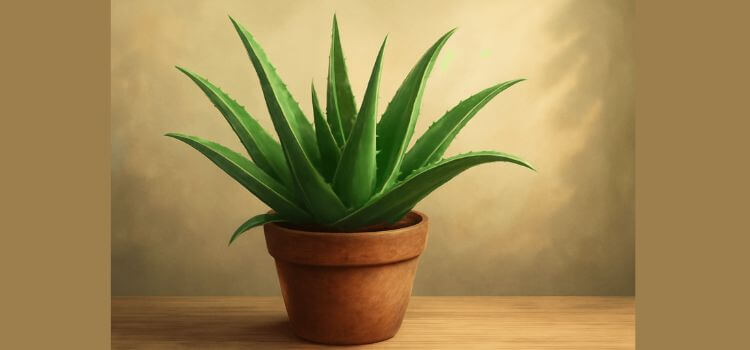
Pros:
- Requires minimal care
- Multi-purpose plant (healing and air purification)
- Excellent for bright spaces
Cons:
- Can be slow-growing
- Needs well-drained soil
5. English Ivy (Hedera helix)
English Ivy is a versatile climbing vine that purifies the air by removing formaldehyde, benzene, and other pollutants. It adapts well to different light conditions and can be used in hanging baskets or as a climbing plant.
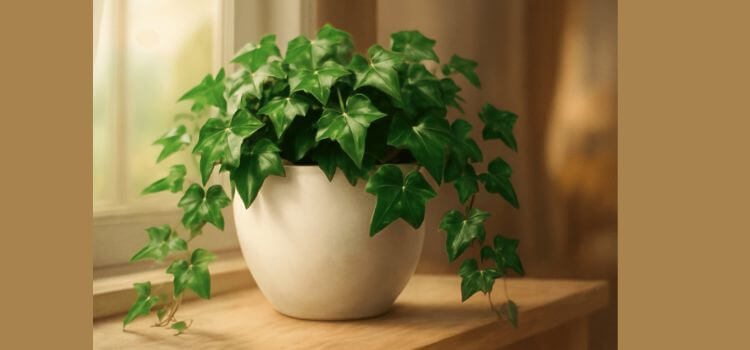
Pros:
- Effective in removing pollutants
- Grows in various lighting conditions
- Versatile, can climb or hang
Cons:
- Needs regular pruning
- Can be invasive if not managed
Frequently Asked Questions (FAQs)
Which plant purifies the air the best?
The snake plant, spider plant, and peace lily are among the best indoor air-purifying plants. They help remove harmful chemicals, such as formaldehyde and benzene.
Do these plants need a lot of light?
Most air-purifying plants thrive in indirect or low light. However, some, like aloe vera and rubber plants, prefer bright sunlight.
How often should I water my air-purifying plants?
Each plant has different water needs. Generally, it’s best to water when the topsoil is dry. Overwatering can harm the plants, so always check before watering.
Are these plants safe for pets?
Some plants, like peace lilies and English Ivy, can be toxic to pets if ingested. Always check if the plant is safe for pets before bringing it into your home.
Can air-purifying plants improve air quality?
Yes! Studies have shown that indoor plants can significantly reduce the levels of harmful chemicals in the air, making your home healthier to breathe.
Conclusion
Adding indoor air-purifying plants to your home can significantly enhance the air quality and create a more pleasant living environment. From the easy-to-care-for snake plant to the elegant peace lily, each of these plants offers unique benefits in terms of both beauty and air purification. The best part? Most of them require very little care, so they’re perfect for beginners and busy individuals alike.
By selecting a few of these plants, you can enjoy cleaner air and a healthier home with minimal maintenance. Which plant do you think would fit best in your home?

